Marikana miners at the koppie.
Today marks the two-year anniversary of the Marikana massacre. On August 16 2012, 34 miners employed by platinum mining company Lonmin lost their lives and many others were injured when police opened fire on them.
The coverage of this horrific day has been ongoing. More than that, the consequences of this day have influenced and continue to influence the lives of many South Africans, those of the victims’ families most of all.
To mark the occasion of this tragic incident, let’s remember Marikana with these nine pieces of significant content.
1. The first anniversary: A year ago, the Mail & Guardian launched Marikana: One Year After the Massacre.

This special report was dedicated to giving the families of the dead miners a voice. The site features a closer look at consequences that followed the shooting and focuses on how the Marikana massacre did not end on that day in 2012, but continues in the aftermath.
This special report examines the consequences of the killings through the eyes and voices of those most affected: the families of the dead miners.
2. Marikana mourns: Emotional footage of the Marikana community mourning the loss of their loved ones.
3. The fourth camera angle: More than a year after that fateful day, filmmaker Rehad Desai, a member of the The Marikana Support Committee, screened footage he had uncovered while researching his documentary Miners Shot Down at a press conference in Johannesburg.
The footage – previously unseen by the public – was shot from a “fourth camera angle” and called into question the original statement by the South African Police Service (SAPS). Until then, the SAPS had maintained that they used their firearms in defence of an imminent attack by the miners. This video portrayed a different narrative:
4. X marks the spot: A police witness, known only as Mr X, who allegedly formed part of the protesting miners that underwent a ritual with two sangomas to protect the miners from the police on August 11 2012, testifies in court on behalf of the SAPS.
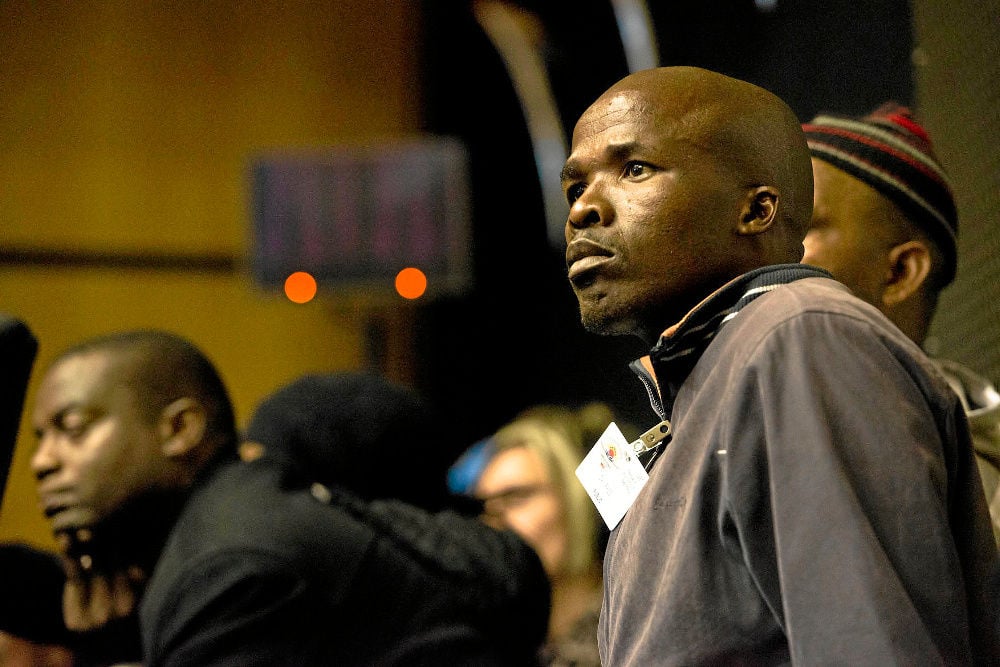
His testimony was significant because he revealed, among other things, details about how the miners provoked the police to attack. M&G reporter Gabi Falanga wrote five important reasons to follow his testimony.
5. Zapiro: Since the onset and in the interim, cartoonist Zapiro has been capturing the plight of Marikana in significant cartoon commentary.

More from Zapiro on Marikana.
6. Marikana’s mass appeal: Like all historically significant occurrences, the Marikana massacre started to bleed into arts and culture. Artists and filmmakers (such as Rehad Desai) used the tragedy to influence their works and depict what happened that day – and these depictions were not always received in the best way.
Such was the experience of Ayanda Mabulu, whose Marikana-themed paintings featuring Jacob Zuma and other political figures were censored and pulled from the Jo’burg Art Fair in 2013.
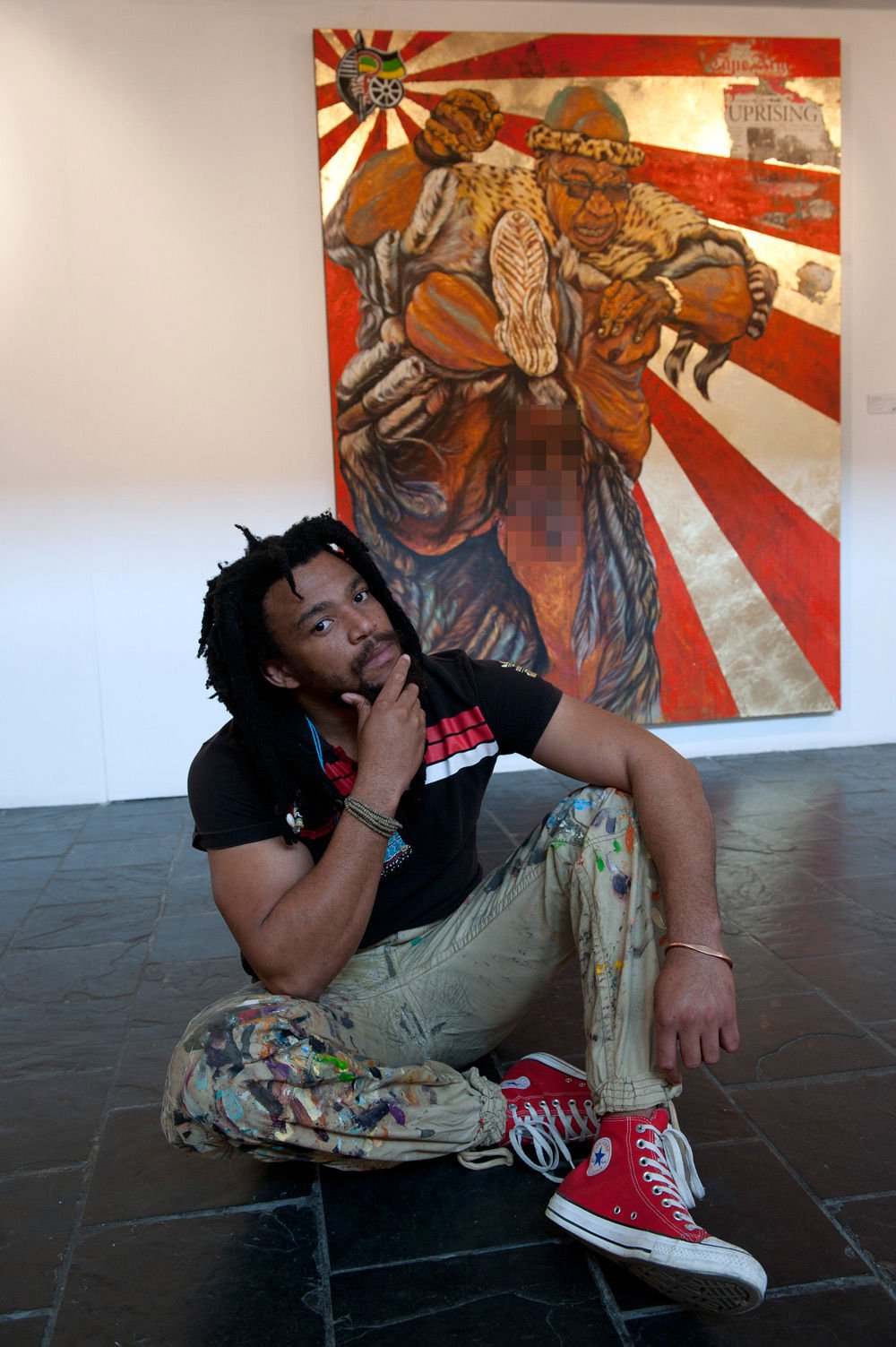
Mabulu’s painting Yakhal’inkomo – Black Man’s Cry depicts Zuma holding the leash of a dog that is attacking a kneeling miner with horns on his head. Zuma has one foot on another dying miner’s head while a white man dressed as a matador with a South African flag as a cape stands over the horned miner, poised to run him through with his sword. Britain’s Prince Charles and Queen Elizabeth IIare looking on, laughing, and an ANC logo dripping blood hangs in the background.
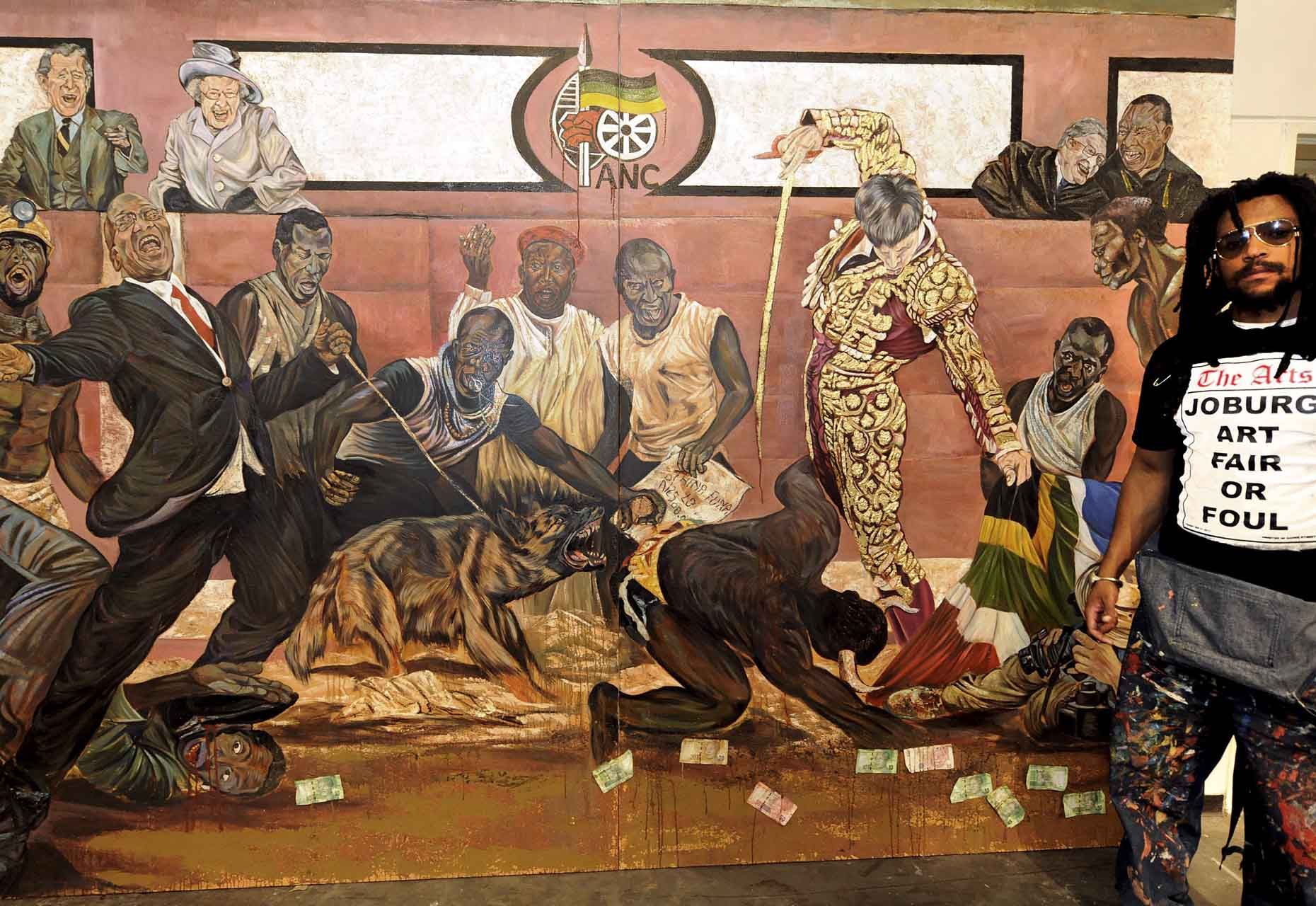
The image has since been sold for R89 000.
7. The Farlam Commission of Inquiry: Soon after the shootings, an inquiry chaired by retired judge Ian Farlam was launched to examine the Marikana tragedy. The commission is ongoing and looks into the conduct of Lonmin, the SAPS, the National Union of Mineworkers and the Association of Mineworkers and Construction Union. It is investigating the actions that took place on the day that led to the loss of lives, incited violence and induced harm.
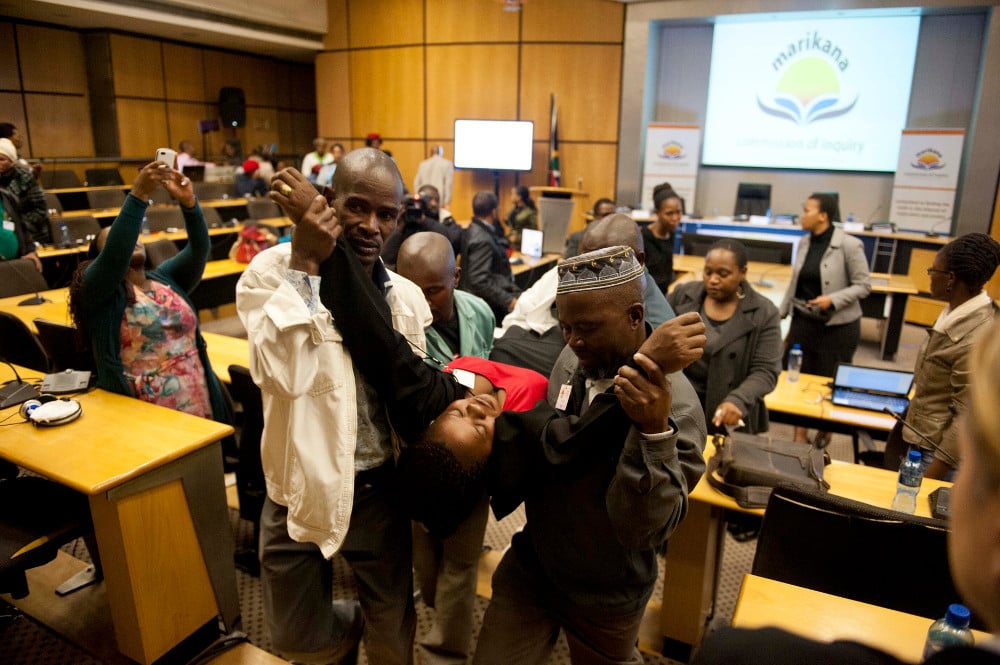
Recently, the inquiry heard from the families of the victims, who shared their heart-rendering stories.
8. Malema in Marikana: Not to be left behind, and in what seemed to be an effort to take advantage of a despondent Marikana for votes, Economic Freedom Fighters leader Julius Malema addressed the people. In the podcast, it’s clear that the sting of his words is directed mostly at Zuma and then minister of police Nathi Mthethwa.
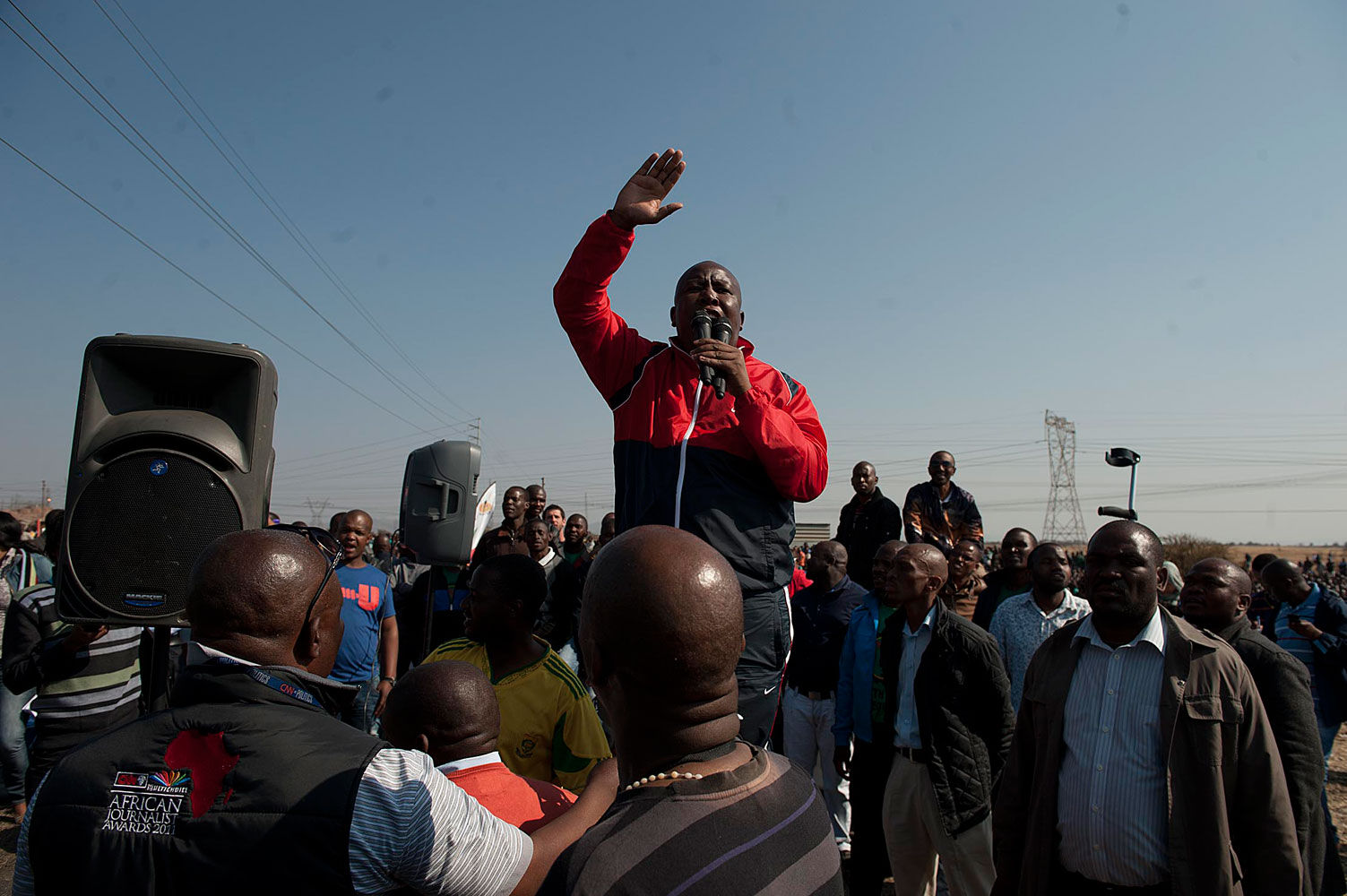
9. Marikana musing: The families of the victims have to live with the consequences, but the Marikana massacre remains in the hearts and minds of all South Africans, many of whom have contributed and shared in the continuation of an important conversation about the events through social media, blog posts and opinion pieces.
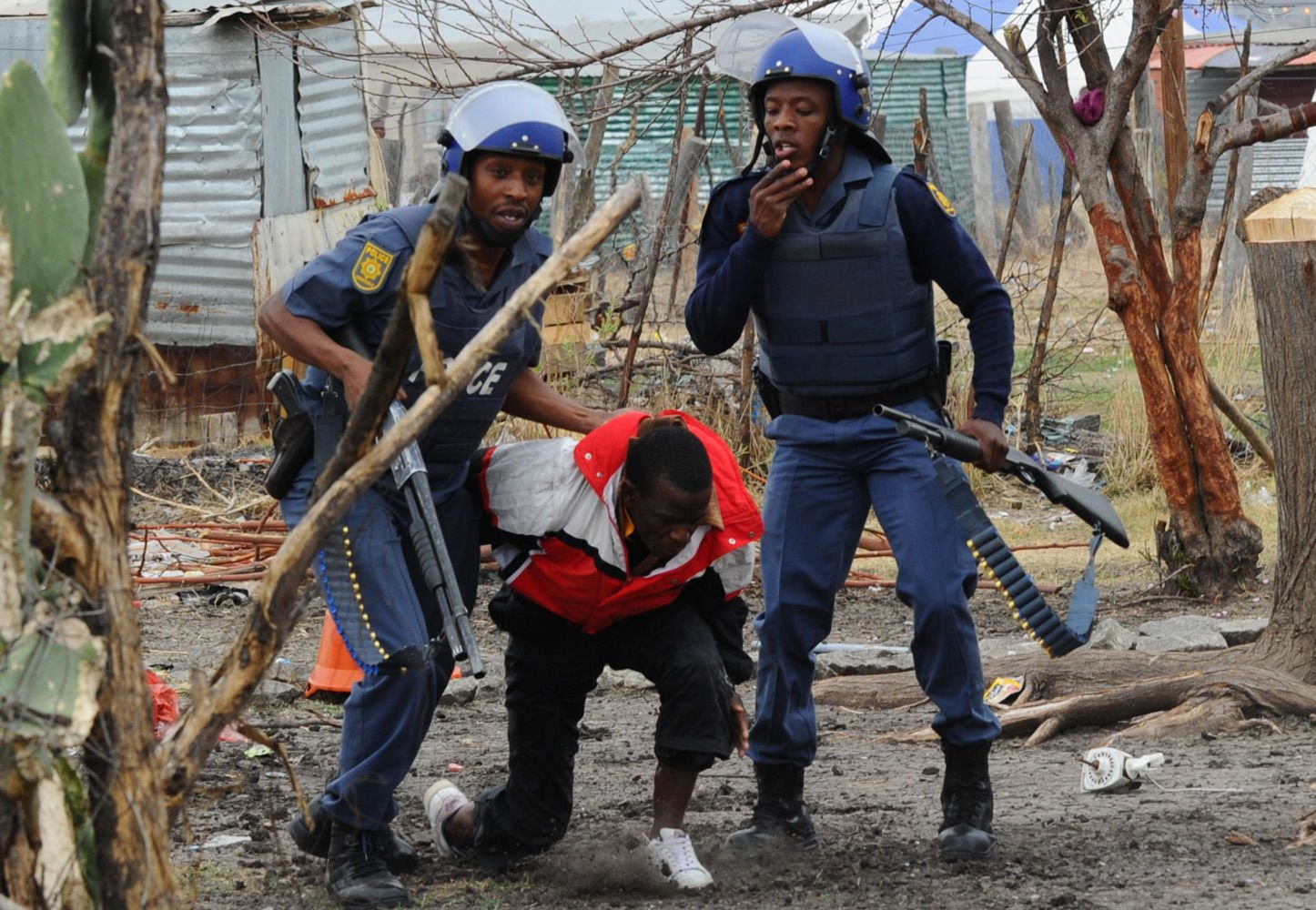
In his comment piece “After Marikana, is it the same country?“, Brent Meersman discusses the effects of the incident, the role players in terms of government and corporations, and the responsibility they have in the investment of South Africa’s future so that it does not regress into a self-destructive apartheid-like past.